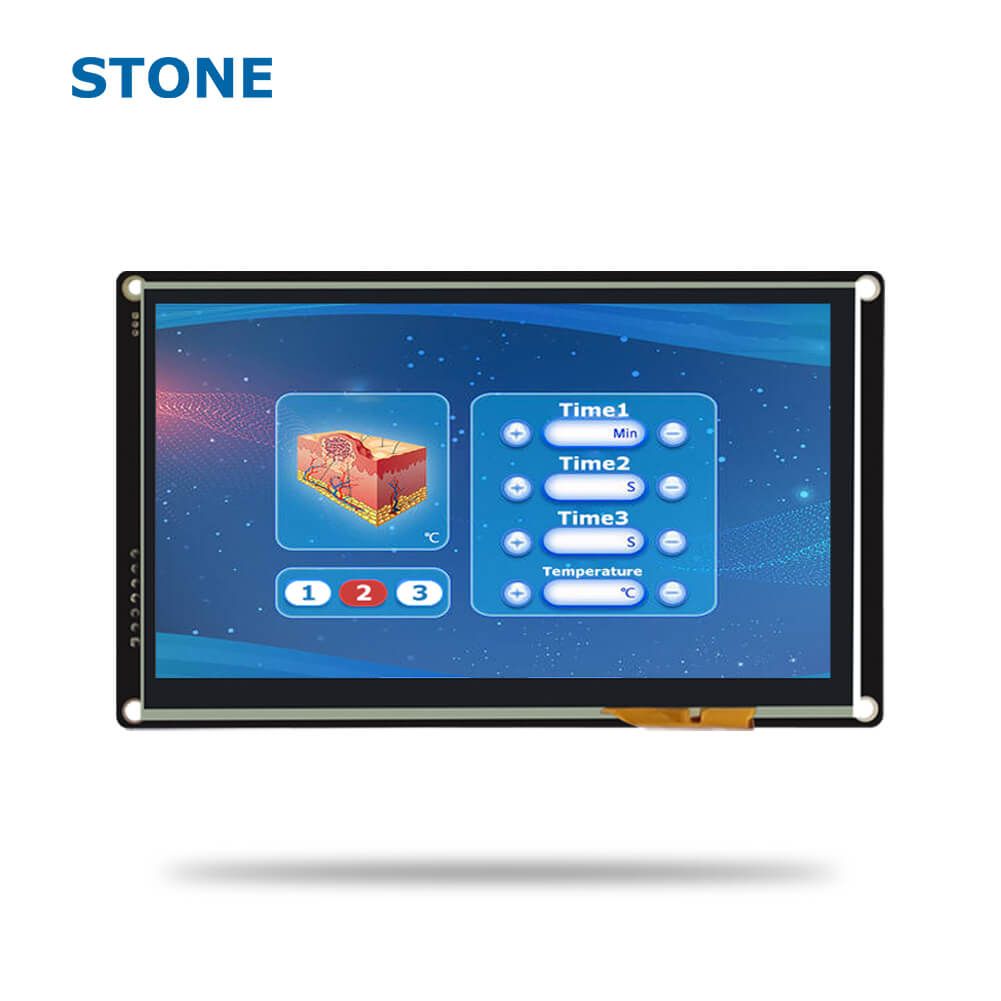Introduction
Human Machine Interfaces (HMIs) are often used in industrial operations. They play an important role in providing the user with information about the current state of the process and in controlling the process, thus increasing productivity and safety. The design of the HMI display is therefore a critical part of the overall system design. This essay will examine the key considerations when designing the perfect HMI display for industrial operations.
Design Principles for HMI Displays
The design of the perfect HMI display for industrial operations should take into account the following design principles.
- Simplicity: The design should be simple and intuitive, so that the user can quickly and easily understand the information being presented. The display should not be cluttered with unnecessary information, and the user should be able to quickly identify the relevant information.
- Clarity: The information presented should be clear and easy to interpret. The user should not have to spend time trying to decipher the meaning of the information.
- Responsiveness: The display should respond quickly to user input and should not be slow to update.
- Flexibility: The display should be able to accommodate different types of data and should be able to quickly adapt to changing conditions.
- Consistency: The display should be consistent across the different types of data being presented.
- User-Friendliness: The display should be designed to be user-friendly and should require minimal training to use.
- Security: The display should be designed in such a way that unauthorized access to the system is prevented.
- Reliability: The display should be designed to be reliable and should be able to withstand harsh environmental conditions.
Design Process for HMI Displays
The design of the perfect HMI display for industrial operations should involve a systematic process. The following steps should be taken when designing the display.
- Identify Needs: The first step in designing the HMI display is to identify the needs of the user. This includes determining the type of data that needs to be displayed, the format of the data, and the level of detail that should be provided.
- Develop Concepts: Once the user’s needs have been identified, the next step is to develop concepts for the display. This involves creating a mockup of the display and experimenting with different layouts and design elements.
- Create Mockups: Once the concepts have been developed, the next step is to create mockups of the display. This involves creating actual images of the display and experimenting with different layouts and design elements.
- Develop Prototype: Once the mockups have been created, the next step is to develop a prototype of the display. This involves creating a working version of the industrial LCD display and testing it with actual users.
- Test and Evaluate: Once the prototype has been developed, the next step is to test and evaluate the display. This involves testing the display with actual users and evaluating the results.
- Implement: Once the display has been tested and evaluated, the next step is to implement the display in the system. This involves integrating the display into the system and ensuring that it functions as expected.
Conclusion
Designing the perfect HMI display for industrial operations is a complex task. It requires a systematic process that takes into account the user’s needs, design principles, and the implementation of the display in the system. By following the steps outlined in this essay, the perfect HMI display can be designed and implemented successfully.
